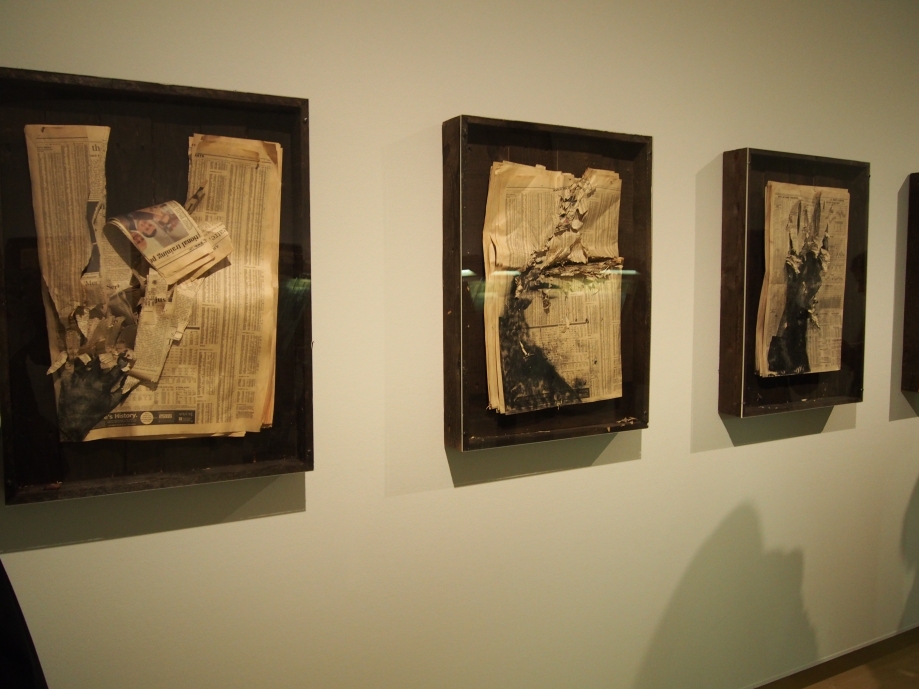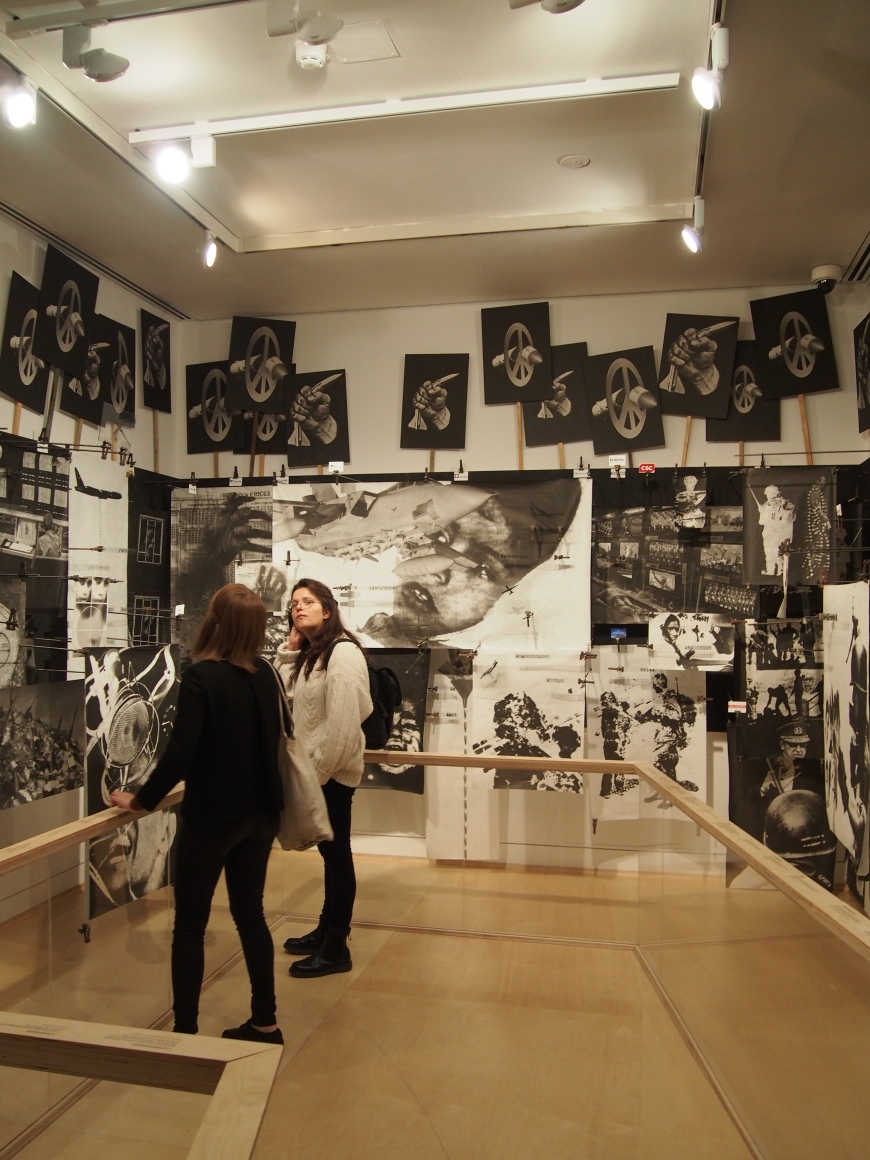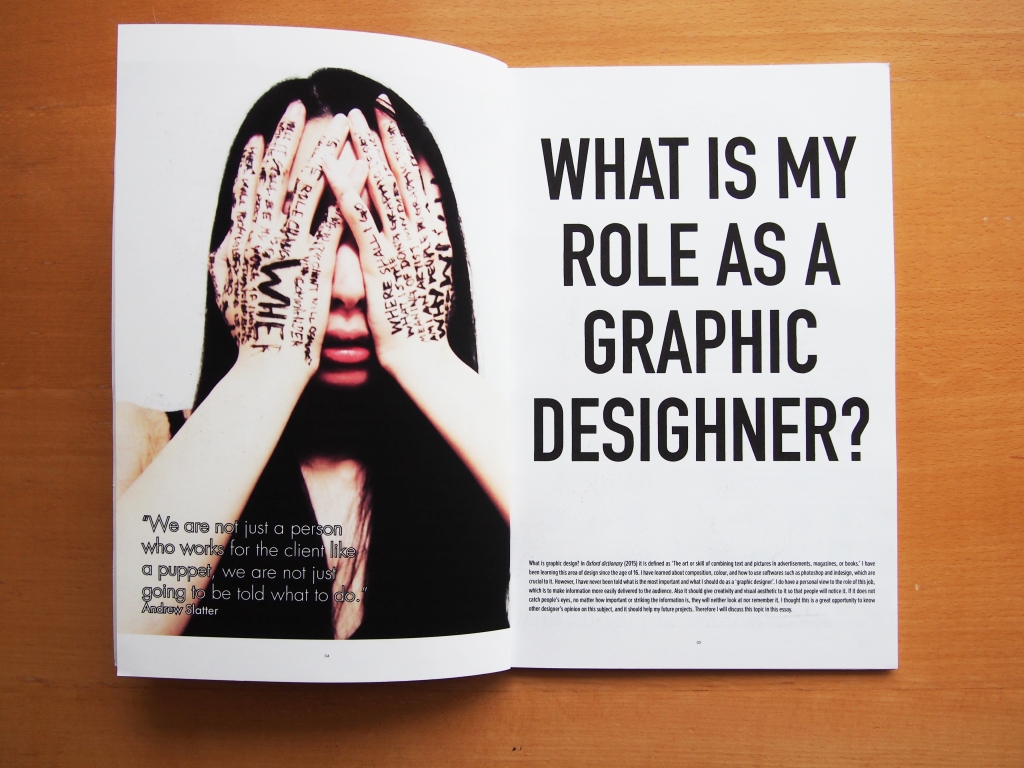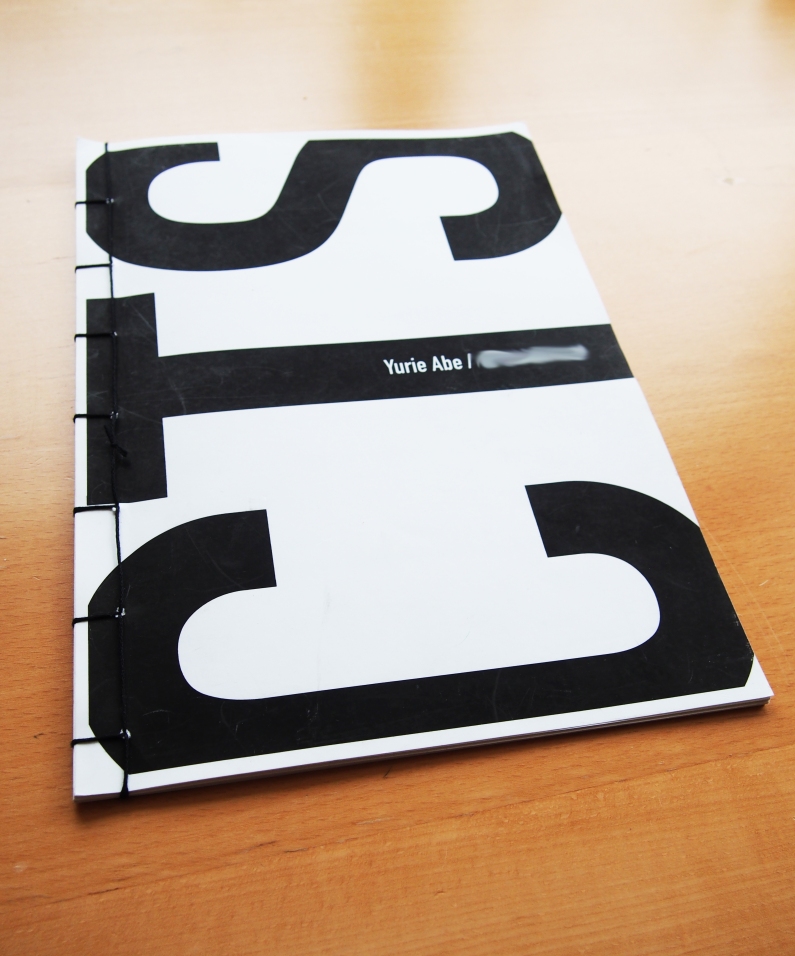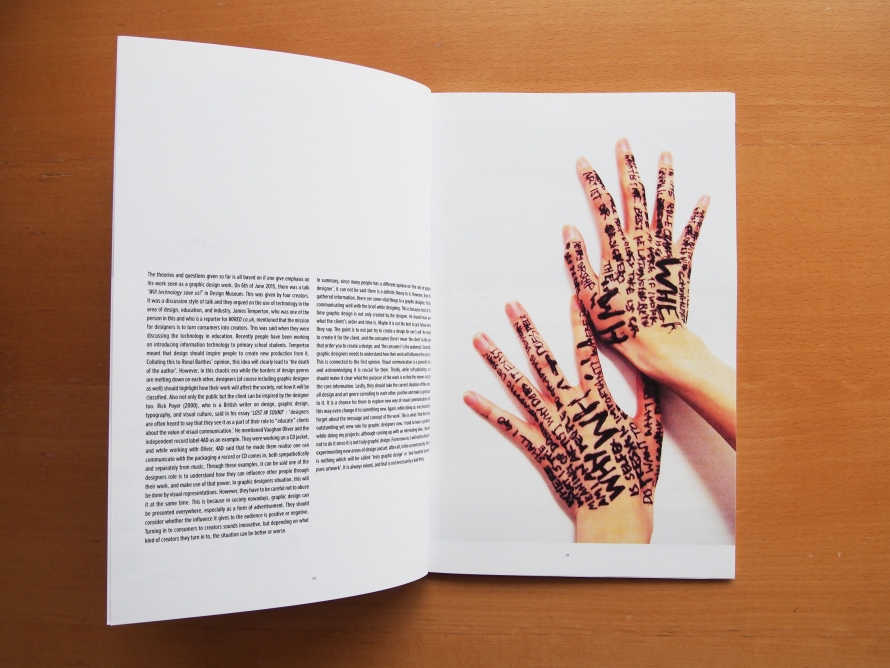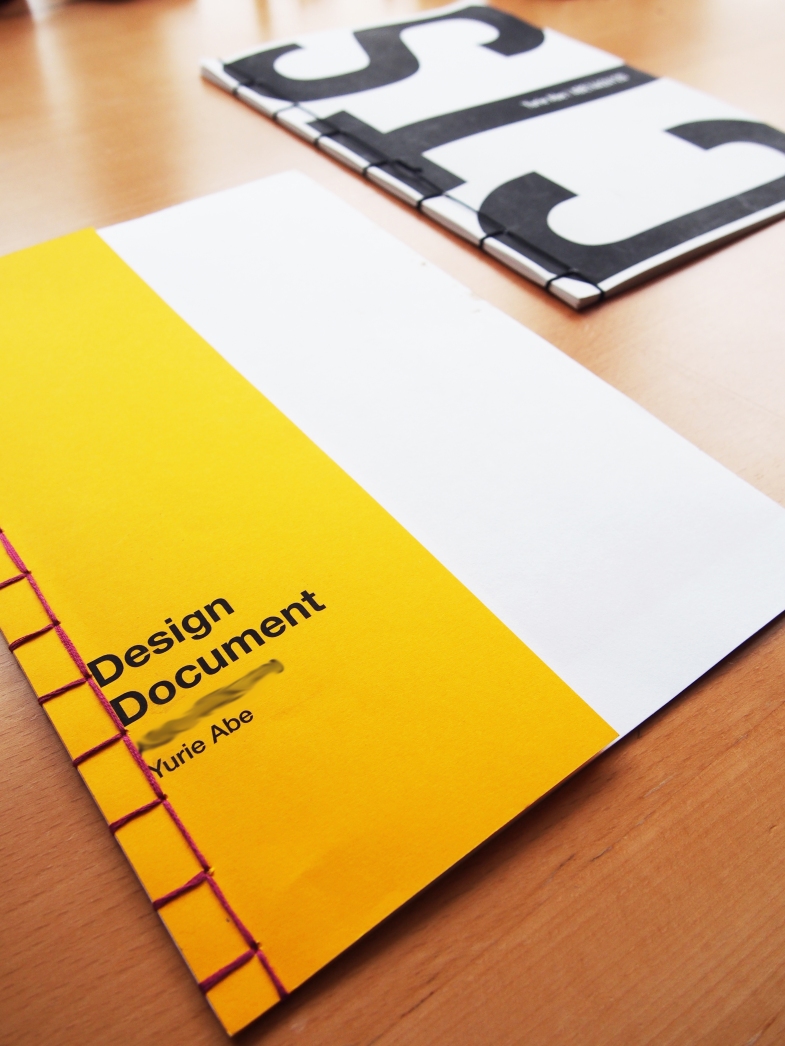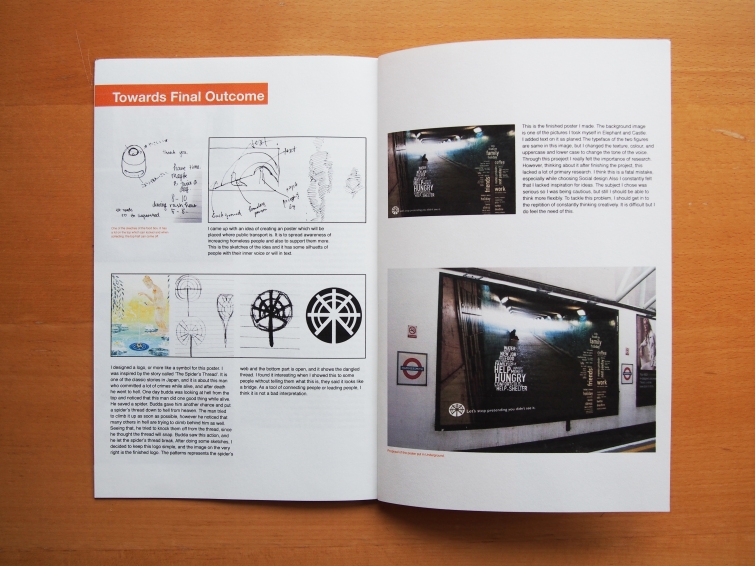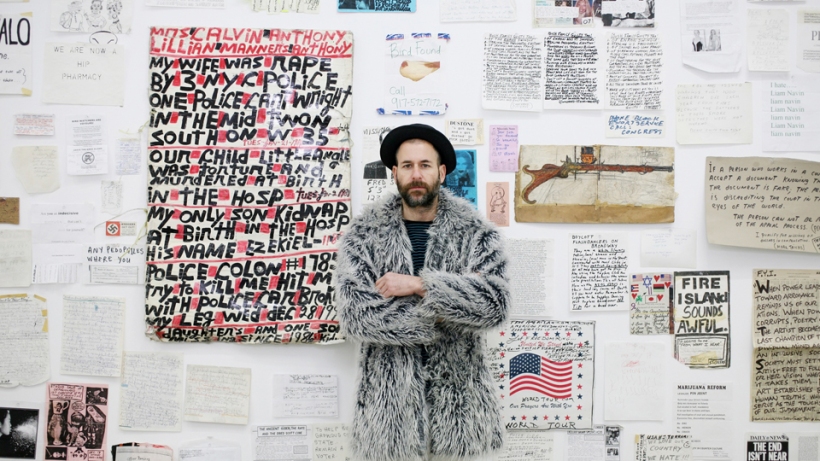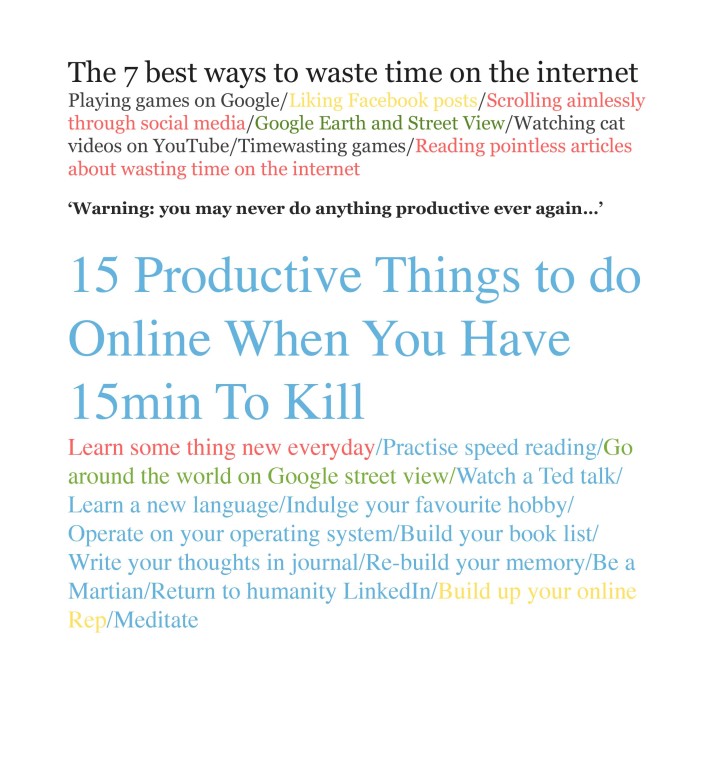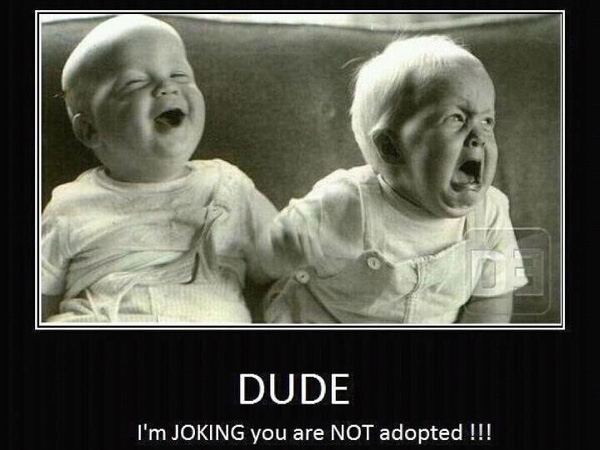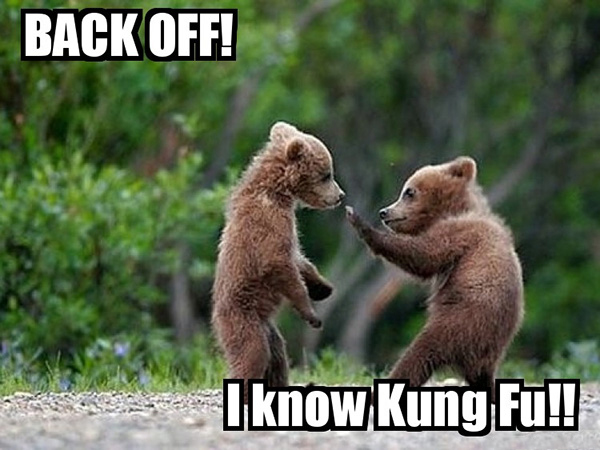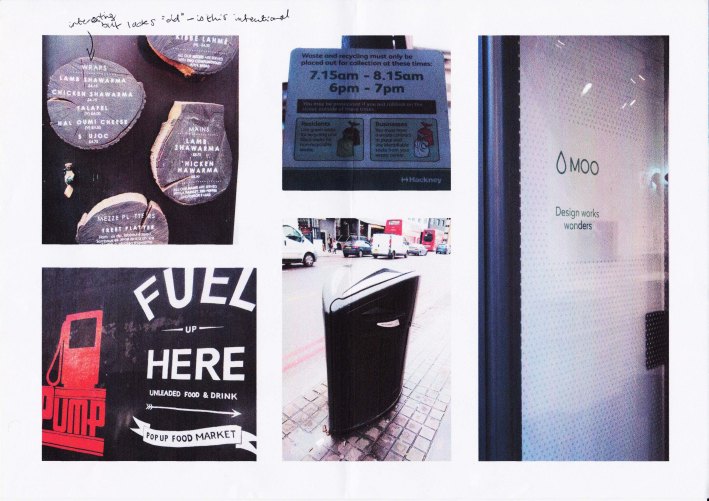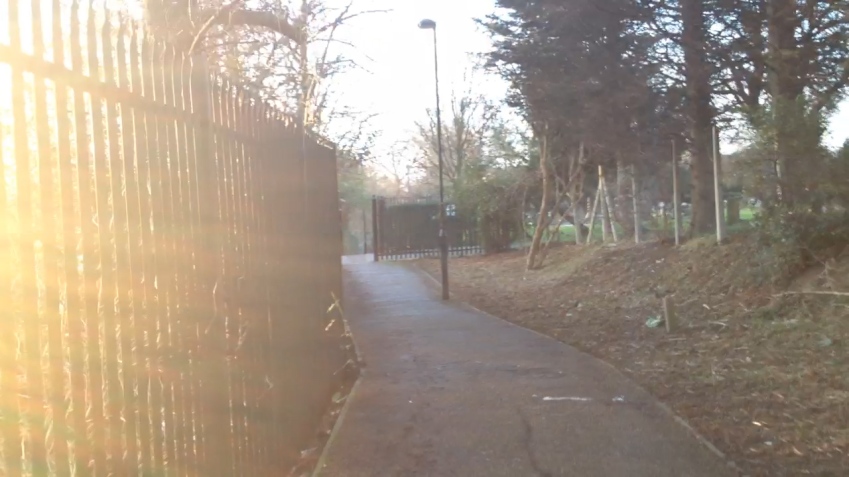
“Authorship has become a popular term in graphic design circles, especially in those at the edges of the profession: the design academies and the murky territory between design and art. The word has an important ring to it, with seductive connotations of origination and agency. But the question of how designers become authors is a difficult one. And exactly who qualifies and what authored design might look like depends on how you define on how you define the term and determine admission into the pantheon.” – Michael Rock: The Designer As Author
This is a quote which was on the moodle of LCC to introduce us to this Lecture: The Authorship. This lecture was a introduction for us to the authorship in graphic design mainly. At the beginning, we were told that graphic design is not just about visual enterprise. We are not just a person who works for the client like a puppet, you are not just going to be told what to do. Since the technology is quite developed now, we can take a picture, for example, and write a caption to it. Graphic design is empowered through technology nowadays. We were also told that the growth of media (film, radio, advertising, newspapers, and the illustrated press) is melting down traditional artistic genres and corroding the border between writing, reading, authoring, and editing. Therefore the growth of media is affecting on how people produce works.
As an example of designers as producers, we were introduced to a project called ‘Dear LuLu’. LuLu is a website which works as a branch between authors and audiences. People post their works (children’s books) on LuLu and the others will order it on LuLu and pay to LuLu, and then the book will be delivered to the client.(https://www.lulu.com) This project was a ‘experiment of print on demand’ by James Goggin (Practise) with students of the faculty of Design at the University of Applied Sciences Darmstadt & Prof. Frank Philippin. Here’s the description of it on LuLu.
Dear Lulu is a test book which was researched and produced by graphic design students at Hochschule Darmstadt, Germany, during an intensive two-day workshop with London-based designer James Goggin (Practise). The book’s intention is to act as a calibration document for testing colour, pattern, format, texture and typography. Exercises in colour profile, halftoning, point size, line, geometry, skin tone, colour texture, cropping and print finishing provide useful data for other designers and self-publishers to judge the possibilities and quality of online print-on-demand
We were told that technology allows us to publish work without the needs of publisher. This project was interrogating the relatively new print on demand production process acting as a colour type test plan of the very system which it was produced. They wanted to put the means of production into everyones hands, not only for people who had the ability to control it.

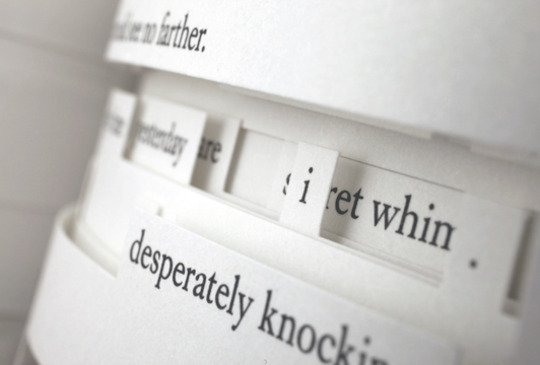
This is a book called Tree of Codes ( Jonathan Safran Foer) designed by studio Sara De Bondt Studio. They aimed to create a great ‘LOOKING’ stories, which is not just about the writing. They wanted to create a book which tells stories in a visual way, making it a new experience. They call it ‘visual reading’. It was said that it’s more like a artefact from some.
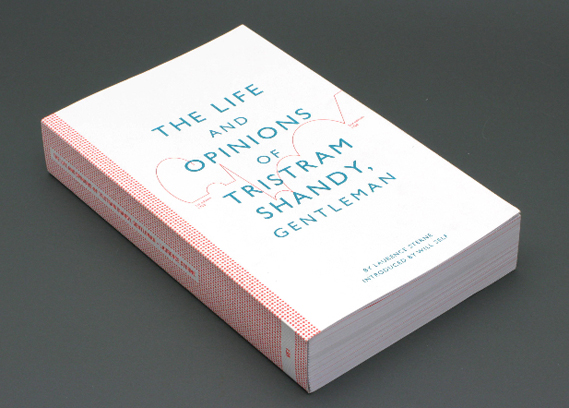
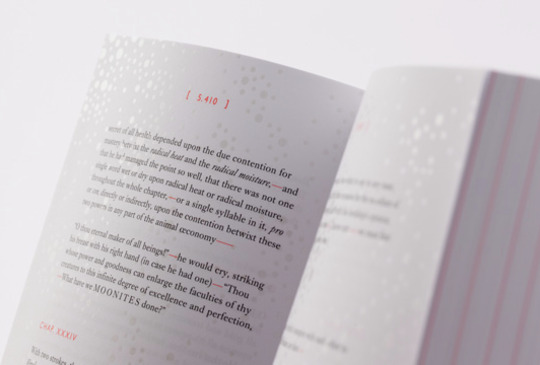
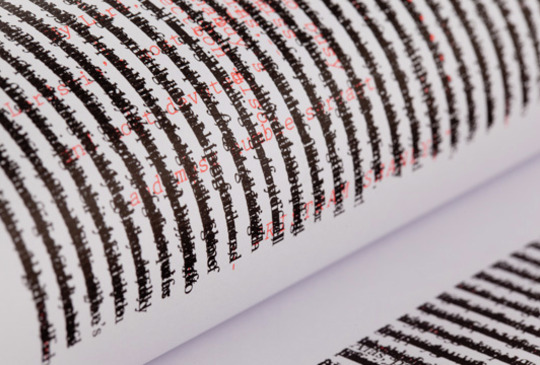

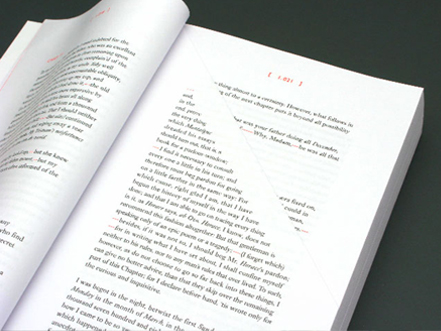 The Life and Opinions of Tristram Shandy, Gentlemen by Laurence Stern, designed by Practice for Everyday Life. This book was first published in 1759, and this book was so intensely modern and mood and attitude back then, and this how modern looking this book is is something shocking since it was published in middle of seven years war. It got rejected by publishers since people found it too quirky and too modern.
The Life and Opinions of Tristram Shandy, Gentlemen by Laurence Stern, designed by Practice for Everyday Life. This book was first published in 1759, and this book was so intensely modern and mood and attitude back then, and this how modern looking this book is is something shocking since it was published in middle of seven years war. It got rejected by publishers since people found it too quirky and too modern.

Modern art by Hans Arp. He was one of the founding members of the Dada movement. This work is called ‘Arranged According to the Law of Chance’. The concept behind this work is
“[. . .] finally tore it up, and let the pieces flutter to the floor of his studio [. . . .] Some time later he happened to notice these same scraps of paper as they lay on the floor, and was struck by the pattern they formed. It had all the expressive power that he had tried in vain to achieve. How meaningful! How telling! Chance movements of his hand and of the fluttering scraps of paper had achieved what all his efforts had failed to achieve, namely expression. He accepted this challenge from chance as a decision of fate and carefully pasted the scraps down in the pattern which chance had determined
This unintentional and intentional bound up to each other gives us the question: what is the function of the author and the role of the reader in terms of how we interpret this work? What is the title of this work interpret to the audience?
We were told that the birth of the reader, costs the death of the author. Once the reader think about the work, make their imagination running, the work becomes something different from the author initially created. If the audience look at a work, and do not give concept to the work they are looking at (which makes that they feel that they may feel that they don’t understand the work) lets the author be still the author.

